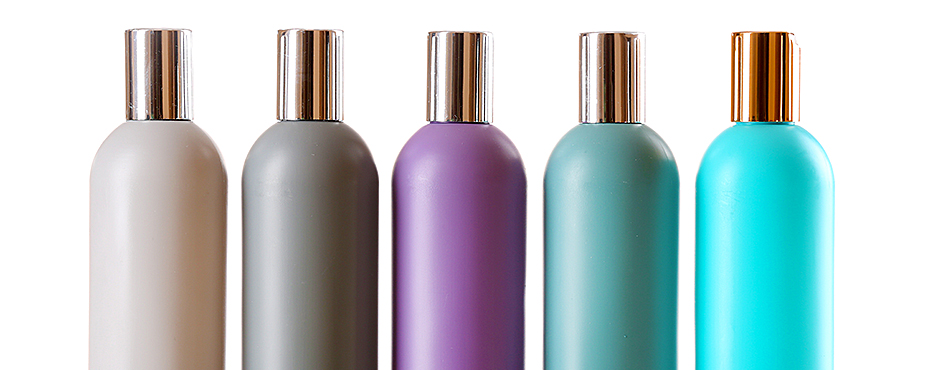Packaging design has always been touted as the “art of art”. If a designer can make it as a packaging designer, they can make it anywhere! Developing great packaging design is essential for any brand. Often the package is the only advertising a product does while sitting on shelf. It goes without saying that capturing the consumer’s attention on shelf is paramount for any product.
How do you turn good packaging into great packaging?
Here are some contributing factors that make a world of difference towards the success of package design:
Production Knowledge:
It’s important to understand that a package design won’t live in the environment where it was created. Many beautiful designs falter when they are produced in mass. What’s the point of designing and presenting a package that can’t be reproduced effectively? More importantly, what’s the point of designing a great looking package that adds to the costs of goods – thereby affecting the ROI of the product? Essentially, it’s all about production: Designing with the knowledge of production and the printing processes in mind will make you a packaging design hero.
Market Understanding: Competition
It may seem to be a motherhood statement although I say this with the utmost respect: Designers shouldn’t just design. Packaging design, or any commercial design doesn’t live in a vacuum. Packaging design must compete against other products and their packaging design. Packaging design must respect the tone and character of the brand and more importantly, it must maintain its individuality. If being a me-too brand is the objective, well the design is already dictated, isn’t it?
Market Understanding: Culture and Consumer
Hand in hand with competitive evaluation is the need to assess and understand whom you are designing for. It’s important to design within the framework of the culture to make the design relevant and to have it resonate to the intended target audience. There’s a lot of marketing that goes into a packaging design, so research is key. Listening to the research feedback is monumental.
Design for Performance:
Packaging design must perform on shelf. Although I love the use of “white” space, sometimes it’s just not the right strategy to employ in order to gain optimal on-shelf performance. Depending on the product category, it’s important to see how the design works on shelf with all the visual noise that goes with it. Be honest with the design. Even though it hurts to let a “beautiful” design go, if it doesn’t perform, it will be let go eventually and the cost associated will be significant.
This is only a short list of what I view as important to creating great packaging design. Do you have any other considerations to add? I would love to hear about them.
P.S. If you love design as much as I do, download our design eBook: re:design here.

